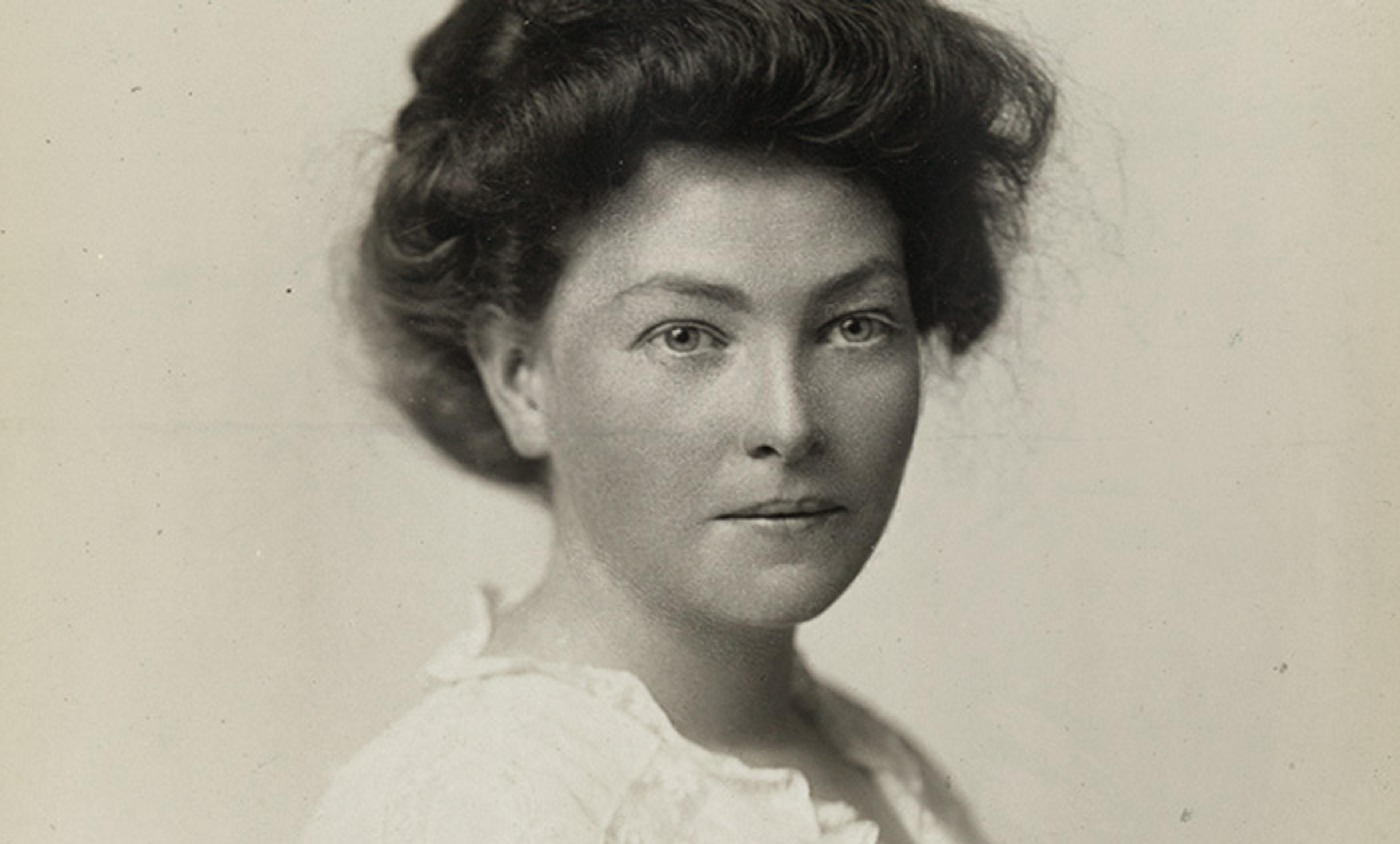Feeling states: anticipation can cause the heartrate to slow down. Photo by Alexander Baxevanis/Flickr
Have you ever been startled by someone suddenly talking to you when you thought you were alone? Even when they apologise for surprising you, your heart goes on pounding in your chest. You are very aware of this sensation. But what kind of experience is it, and what can it tell us about relations between the heart and the brain?
When considering the senses, we tend to think of sight and sound, taste, touch and smell. However, these are classified as exteroceptive senses, that is, they tell us something about the outside world. In contrast, interoception is a sense that informs us about our internal bodily sensations, such as the pounding of our heart, the flutter of butterflies in our stomach or feelings of hunger.
The brain represents, integrates and prioritises interoceptive information from the internal body. These are communicated through a set of distinct neural and humoural (ie, blood-borne) pathways. This sensing of internal states of the body is part of the interplay between body and brain: it maintains homeostasis, the physiological stability necessary for survival; it provides key motivational drivers such as hunger and thirst; it explicitly represents bodily sensations, such as bladder distension. But that is not all, and herein lies the beauty of interoception, as our feelings, thoughts and perceptions are also influenced by the dynamic interaction between body and brain.
The shaping of emotional experience through the body’s internal physiology has long been recognised. The American philosopher William James argued in 1892 that the mental aspects of emotion, the ‘feeling states’, are a product of physiology. He reversed our intuitive causality, arguing that the physiological changes themselves give rise to the emotional state: our heart does not pound because we are afraid; fear arises from our pounding heart. Contemporary experiments demonstrate the neural and mental representation of internal bodily sensations as integral for the experience of emotions; those individuals with heightened interoception tend to experience emotions with greater intensity. The anterior insula is a key brain area, processing both emotions and internal visceral signals, supporting the idea that this area is key in processing internal bodily sensations as a means to inform emotional experience. Individuals with enhanced interoception also have greater activation of the insula during interoceptive processing and enhanced grey-matter density of this area.
So what is enhanced interoception? Some people are more accurate than others at sensing their own internal bodily sensations. While most of us are perhaps aware of our pounding heart when we are startled or have just run for the bus, not everyone can accurately sense their heartbeats when at rest. Interoceptive accuracy can be tested in the lab; we monitor physiological signals and measure how accurately these can be detected. Historically, research has focused on the heart, as these are discrete signals that can easily be quantified. For example, a typical experiment might involve the presentation of a periodic external stimulus (eg, an auditory tone) that is time-locked to the heartbeat, such that each tone (‘beep’) occurs when the heart is beating, or in between heartbeats. Participants state whether this external stimulus is synchronous or asynchronous with their own heart. An individual’s interoceptive accuracy is an index of how well they are able to do this.
It is also possible to measure subjective indices of how accurate people think they are at detecting internal bodily sensations, ascertained via questionnaires and other self-report measures. My work shows that individuals can be interoceptively accurate (ie, good at these heartbeat-perception tests) without being aware that they are. In this way, interoceptive signals can guide and inform without fully penetrating conscious awareness.
Individual differences in interoception can also be investigated using brain-imaging methods, such as through brain representation of afferent signals (eg, heartbeat-evoked potentials expressed in a neural EEG signal). Functional neuroimaging (fMRI) can also be used to investigate which areas of the brain are more active when focusing on an interoceptive signal (eg, the heart) relative to an exteroceptive signal (eg, an auditory tone).
Our hearts do not beat regularly and, while we can identify that our hearts race with fear or exercise, we might not fully appreciate the complexity of the temporal structure underlying our heartbeats. For example, cardiac signatures are also associated with states such as anticipation. Waiting for something to happen can cause our heartrate to slow down: this will happen at traffic lights, when waiting for them to go green. These effects of anticipation, potentially facilitating the body and mind to adopt an action-ready-state, highlight the meaningful composition of internal bodily signals.
Internal bodily signals can be deeply informative, which is why sensing them can provide an extra channel of information to influence decisionmaking. Gut instinct or intuition during a card game can also be guided by interoception. Bodily signatures (heart rate, skin-conductance response) can signal which cards are good (ie, more likely to be associated with a positive outcome) even in the absence of conscious knowledge that a card is good. Thus, the heart ‘knows’ what the mind does not yet realise, and access to this bodily signature can guide intuitive decisionmaking to a better outcome. In a real-world extrapolation of this, I visited the London Stock Exchange to work with high-frequency traders. These traders claimed that their decisions were often driven by gut instinct, when faced with fast-coming information that the conscious brain could not yet fully process. My colleagues and I demonstrated that interoceptive accuracy was enhanced in those traders who were most adept at trading, potentially grounding their intuitive instincts in a capacity to sense informative changes in internal bodily signals.
An appreciation that bodily signals can guide emotion and cognition provides potential interoceptive mechanisms through which these processes can be disrupted. Alexithymia, defined as an impaired ability to detect and identify emotions, is associated with reduced interoceptive accuracy. Autistic individuals, who often have difficulty in understanding emotions, have also been shown to have impaired interoceptive accuracy. Neural representation of bodily signatures are altered in borderline personality disorder (also known as emotionally unstable personality disorder), and interventions designed to focus on the body, such as mindfulness, have been shown to reduce anxiety. Insight into the nature of these embodied mechanisms opens up potential avenues for further understanding and targeted intervention.
As well as telling us about our own emotions, our bodies respond to the joy, pain and sadness of others. Our hearts can race as loved ones experience fear, and our pupils can adopt a physiological signature of sadness in response to the sadness of others. If you pay attention to your heart and bodily responses, they can tell you how you are feeling, and allow you to share in the emotions of others. Interoception can enhance the depth of our own emotions, emotionally bind us to those around us, and guide our intuitive instincts. We are now learning just how much the way we think and feel is shaped by this dynamic interaction between body and brain.






